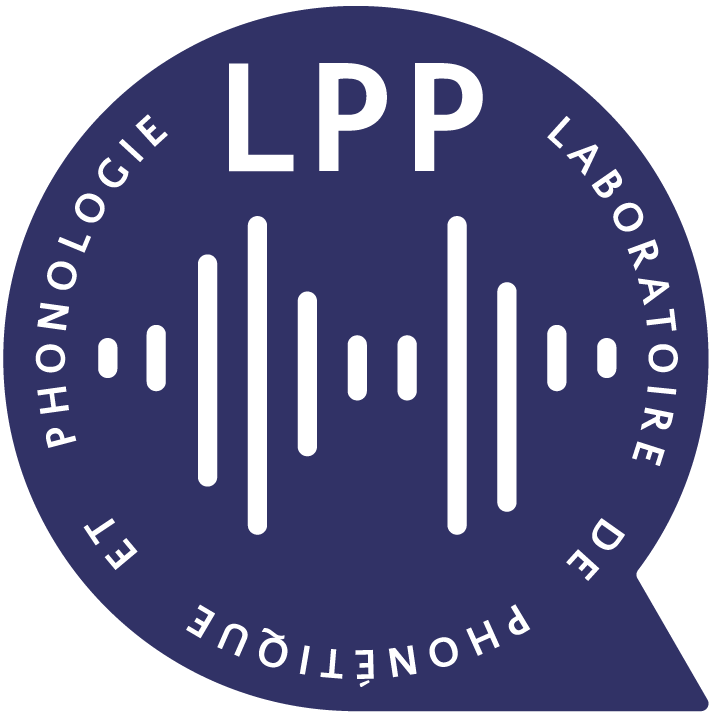« [tbdrtnt], she mentioned them, the voices within. »
As you silently read this line, can you hear the voice of Rachid Ridouane explaining the phonetics of Tashlhiyt?
Endophasia, or inner speech, can take various formats depending on the individual or the situation. It is sometimes considered to be expanded and accompanied by auditory, somatosensory or visual sensations, while other descriptions highlight instead its condensed amodal nature. It can occur as a monologue or a dialogue. Finally, it can feel intentional, when we rehearse material in memory, or unintentional, during mind wandering or rumination. To account for variations along the three dimensions of condensation, dialogality and intentionality, we introduced ConDialInt, a neurocognitive model rooted in a predictive control framework. The inner voice phenomenon is seen as an exaptation of the sensory predictions involved in the control of overt speech. Speech production is considered to be hierarchically controlled, from conceptualisation to articulation, via formulation, motor planning and programming stages. At each stage, control is based on the comparison between initial input and prediction. Endophasia is viewed as an interruption in the speech production process. Condensed forms emerge when the interruption occurs early, before the formulation stage. Expanded forms, inner voices, recruit the full production process, interrupted only prior to articulation. Dialogal forms are taken to include indexical and perspective properties. The degree of intentionality is associated with the degree of control applied to the predictions. The ConDialInt model is compatible with neuroanatomical data obtained for a variety of inner speech situations. It also accounts for atypical forms of endophasia. In particular, auditory verbal aphantasia (lack of inner voice feeling) can be construed as an extreme on the condensation dimension. These propositions have implications for the nature of phonological representation postulated in theories of language processing.


